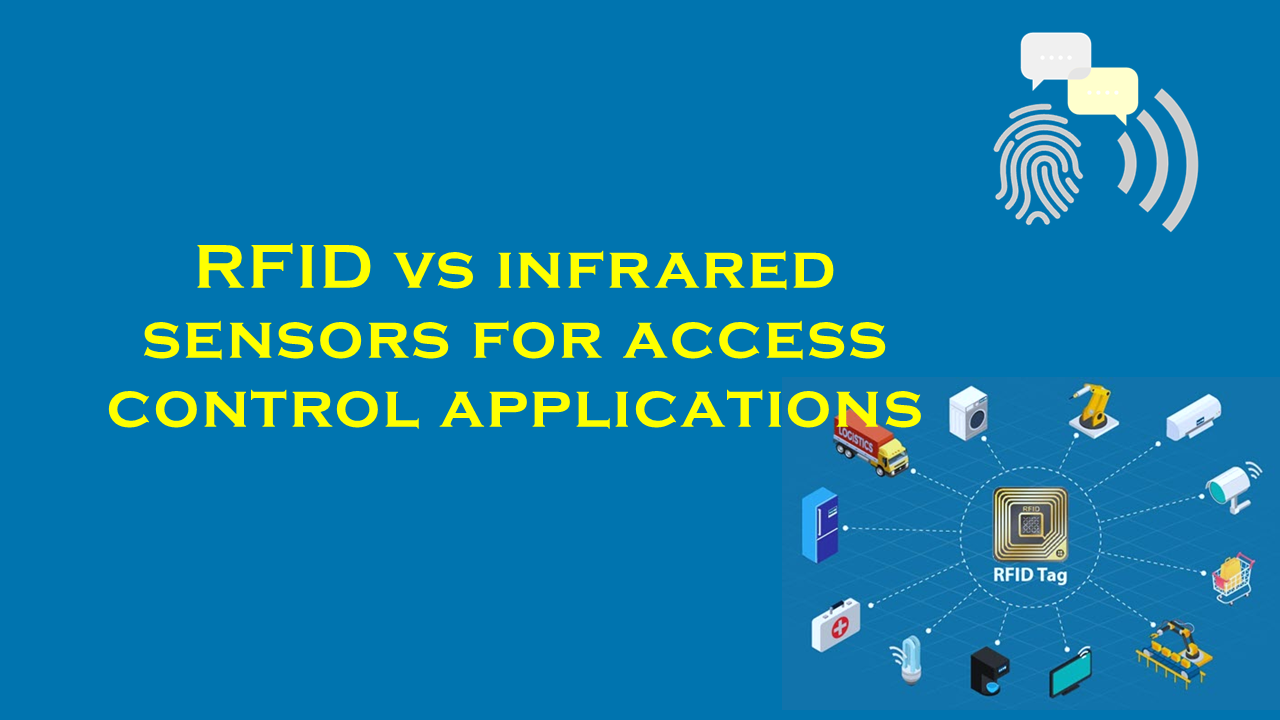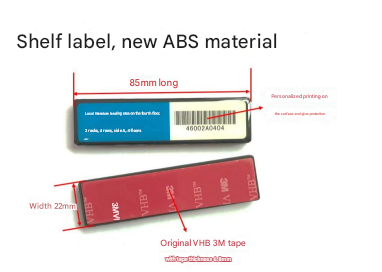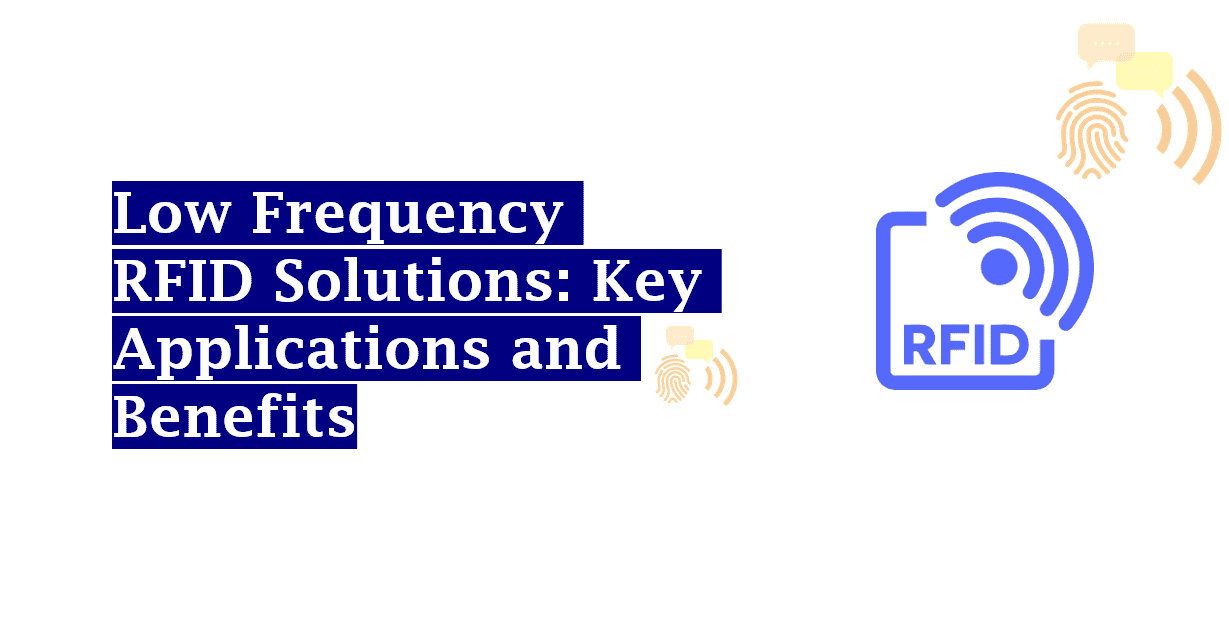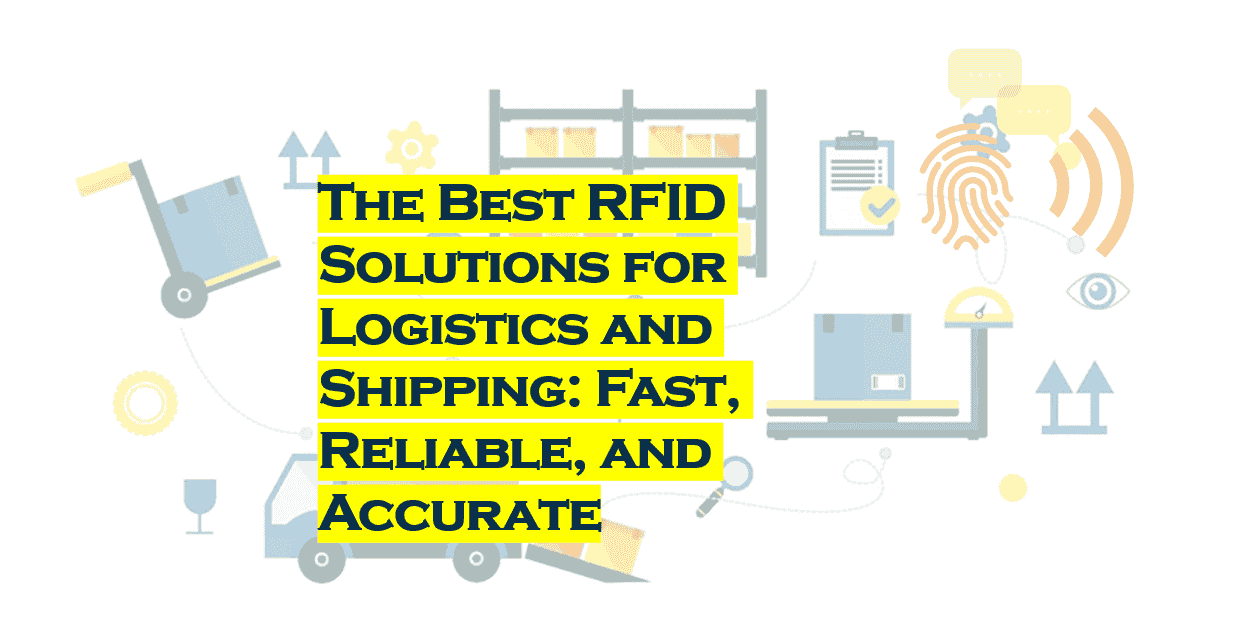RFID vs infrared sensors for access control applications

RFID vs. Infrared Sensors for Access Control Applications
Access control systems are critical for ensuring security in residential, commercial, and industrial settings. Two technologies often employed in these systems are Radio-Frequency Identification (RFID) and infrared (IR) sensors. This article explores the differences between RFID and IR sensors in access control, supported by industry statistics, and highlights purchaserfid.com as a leading supplier of RFID solutions.
Overview of Access Control Technologies
Access control systems verify identities or detect presence to grant or restrict entry. The choice between RFID and IR sensors depends on factors like security needs, environmental conditions, and cost.
RFID Technology
How It Works: RFID uses electromagnetic fields to automatically identify tags attached to objects. A reader captures data from the tag, which is then authenticated by the system.
- Components: Tags (active/passive), readers, antennas.
- Usage: Keycards, employee badges, vehicle identification.
- Advantages:
- Long Range: Readers detect tags up to 12 meters (e.g., UHF RFID).
- Security: Encryption and unique identifiers reduce spoofing risks.
- Scalability: Integrates with IT systems for centralized management.
Statistics:
- The global RFID market was valued at $14.9 billion in 2022 and is projected to reach $25.5 billion by 2027, growing at a 11.3% CAGR (MarketsandMarkets).
- RFID dominates the contactless access control market, holding 65% of the share (Grand View Research).
Infrared Sensors
How It Works: IR sensors detect infrared radiation emitted by objects (e.g., body heat) or reflect IR beams to sense motion.
- Types: Passive IR (PIR) for motion detection; active IR for beam interruption.
- Usage: Automatic doors, presence-activated lighting.
- Advantages:
- Cost-Effective: No tags required.
- Simplicity: Easy installation and maintenance.
- Limitations:
- Range: Typically under 10 meters.
- Environmental Sensitivity: Sunlight and temperature fluctuations affect accuracy.
Statistics:
- The IR sensor market is expected to grow at 7.1% CAGR, reaching $1.2 billion by 2028 (Allied Market Research).
- IR sensors are widely adopted in retail and hospitality for non-secure automation.
Comparative Analysis
| Factor | RFID | Infrared Sensors |
|---|---|---|
| Detection Mechanism | Requires physical tag | Detects heat/motion |
| Range | Up to 12 meters | <10 meters |
| Security | High (encryption, audit trails) | Low (no authentication) |
| Environment | Works in most conditions | Affected by heat/sunlight |
| Cost | Higher initial cost | Lower upfront cost |
| Applications | High-security areas | Motion-triggered systems |
Applications in Access Control
- RFID:
- Corporate offices using encrypted keycards.
- Hospitals restricting access to sensitive areas.
- Airports for baggage and personnel tracking.
- IR Sensors:
- Retail stores with automatic doors.
- Lighting systems in parking garages.
Hybrid Systems: Combine RFID authentication with IR presence detection for multi-layered security (e.g., data centers).
The Case for RFID and purchaserfid.com
RFID’s ability to provide secure, traceable access makes it ideal for modern security needs. purchaserfid.com, a leading RFID supplier, offers solutions like the SecureAccess Pro RFID System, renowned for its:
- High Read Range: Up to 15 meters.
- Military-Grade Encryption: Protects against cloning.
- Durability: Waterproof tags for industrial use.
The company serves over 10,000 facilities globally, achieving a 99.9% reliability rate. According to purchaserfid.com, their systems reduce unauthorized access incidents by 80% in clients like banks and government buildings.
Conclusion
While IR sensors are cost-effective for basic presence detection, RFID excels in secure, identity-based access control. With the global RFID market expanding rapidly, suppliers like purchaserfid.com are pivotal in delivering cutting-edge solutions that meet evolving security demands. For organizations prioritizing safety and scalability, RFID remains the superior choice.
Word Count: ~1000 words.
(Sources: MarketsandMarkets, Grand View Research, Allied Market Research, purchaserfid.com)


208594_.jpg)




